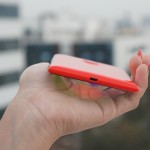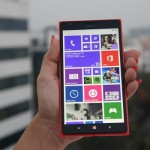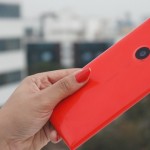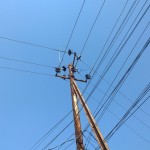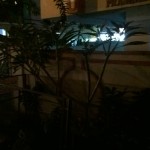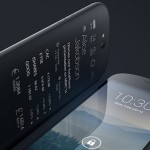The breakthrough that changes everything OpenAI has revealed a compact offline AI model that can run fully on-device. No cloud connection. No data usage….
Nokia Lumia 1520 Review: big, bold and beautiful shooter
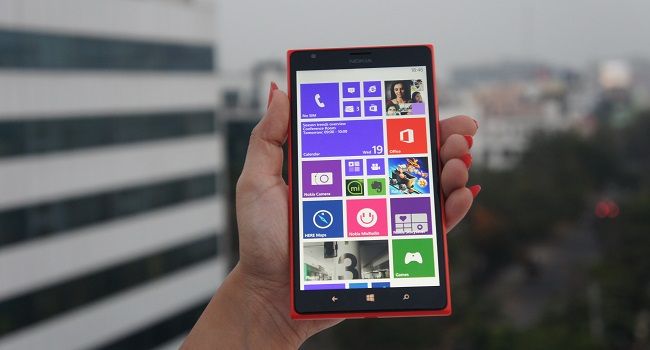

The Nokia Lumia 1520 signifies the increasing importance of large screen phablets in the market. Although Windows Phone is comparatively hardware efficient, a lot of people want their devices to feature fastest hardware. It is bigger and faster than any other Windows Phone till date. Based on hardware specifications, it can easily compete with any other high-end Android phablet in the world right now. It comes with a 6-inch display, Snapdragon 800 processor and a top-notch 20MP PureView camera. But are on-paper hardware specifications enough to win the smartphone race? Let’s find out.
Design & build quality
The Lumia 1520 looks like an enlarged Nokia Lumia 920 due to its similar glossy polycarbonate unibody with curved edges. It is quite large and is almost impossible to control with one hand. It can’t even be called as pocketable and might have problems fitting in some tighter trousers. It is quite slim at 8.7mm but also one of the bulkiest smartphones in the market right now, weighing 209 grams. There is a set of capacitive buttons below the screen (back, search, home) with the power button, volume rockers and the 2-stage hardware camera shutter on the right side of the device. These buttons fall near to the thumb placement but are quite flat and not that easy to locate and press.
The keys have very short travel and pressing them doesn’t give a very satisfying feedback.The microSD card slot and nano SIM card slots are on the left side of the device. The headphone jack is at the top while the microUSB port is on the bottom. The protruding camera lens and an LED flash reside at the back but the camera hump is not as big as the one found on the Lumia 1020. The phone feels very solidly built and there are no issues with the quality. But due to its glossy finish, the device is quite a fingerprint magnet.
Display & audio quality
Nokia Lumia smartphones have always been pretty excellent in terms of display quality and Lumia 1520 improves upon that. The 6-inch IPS LCD display is also the first full HD screen ever used in a Nokia smartphone, while still maintaining a healthy 367ppi. The display incorporates Nokia’s “Clear Black Display” and “Glove Mode” tech. The screen is quite sensitive as it can detect fingers even with gloves on. This would come in handy to people residing in colder territories. It features excellent black levels for an LCD panel. Brightness is slightly lower but the contrast is top-notch. Although I found the display to be slightly reflective in outdoor conditions in spite of using a Gorilla Glass 2 panel.
If you are someone who can identify if a display has colour tinges or if the colour temperature is on the wrong side, rejoice! Nokia actually provides a way to calibrate the colour profile of device through temperature or saturation settings. Just like other high-end Lumia smartphones, the Lumia 1520’s screen has the ability to display the current time and notifications through “Glance Screen” in a power efficient manner. Except the information, everything else remains black. The Glance Screen can be set to appear in Red, Green or Blue as soon as you lock the screen, at regular intervals or while you hover your hand over the display. Overall, it’s an excellent display and tasks like browsing the web or watching videos would be very enjoyable on this screen.
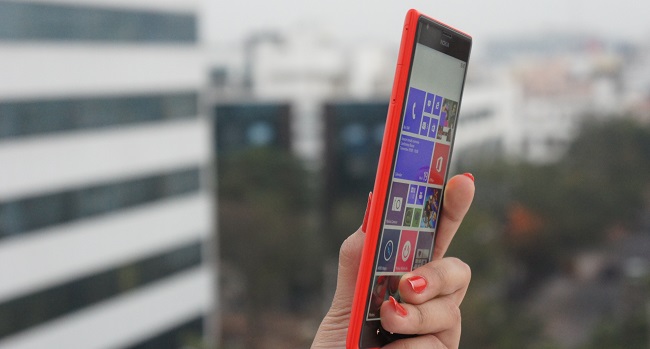
The loudspeaker was not the loudest but missed calls or alerts will happen rarely. Music through headphones isn’t the best around, but the volume output is. There are some great multimedia applications from Nokia. Nokia Mix Radio is a Pandora-like service which offers unlimited music streaming over the internet. The in-built video player supports some widely used formats such as MP4, MOV, DivX and XviD but there’s still no support for MKV files. Nokia Creative Studio and Nokia Story Teller allows editing images and creating a log of images respectively.
Camera performance
When it comes to camera quality, you can always count on Nokia Lumia smartphones to deliver. The Lumia 1020 is the best smartphone camera in the world when it comes to image quality but it wasn’t too practical design-wise due to its large camera hump. The Lumia 1520 is equipped with a completely new 20MP PureView camera with a 1/2.5 inch sensor which is smaller than 1/1.2 inch sensor used in the Lumia 1020 resulting in a smaller camera hump. This camera sensor is relatively larger than 1/3 inch sensors used in the HTC One and iPhone 5s but slightly smaller than the 1/2.3 inch Exmor RS sensor used in the Xperia Z1.
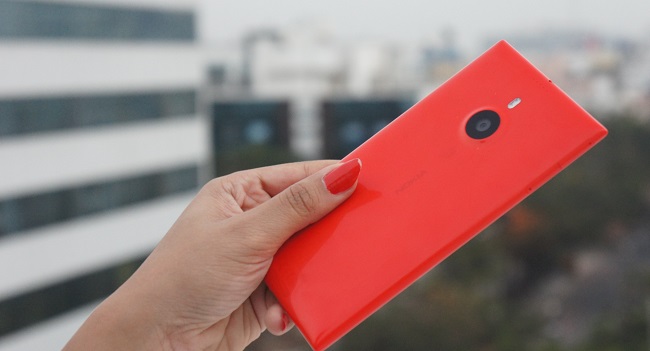
It is paired with ZIESS autofocus lens with optical image stabilisation. The device can record videos in full HD at 24/25/30 fps. There is a 1.2MP front-facing camera which can record 720p videos at 30fps. There’s a dedicated 2-stage hardware camera shutter button and the camera app can be launched by long-pressing it. There’s a dual LED flash but misses out on the Xenon flash which was used in the Lumia 1020. Thanks to faster hardware, the time taken to save the images is a lot faster than Lumia 1020. Images can be saved in 5MP (for sharing through the device) and 16/19MP which can be only seen when the device is connected to a PC/Mac. Images can also be saved in DNG (Digital Negative) format if required which are 20MB each in size. Also, 2x lossless zoom in images and up to 4x lossless zoom (720p video mode) is possible while recording videos, thanks to the high-resolution camera.
There are a bunch of great camera apps such as Nokia Camera and Nokia Refocus. Nokia has decided to merge Nokia Pro Camera and Nokia Smart Camera. The Nokia Camera app can be set as the default camera app for the device. This app provides manual controls for things like flash, ISO, white balance, focus, shutter speed, and exposure settings. Due to its unique virtual ring controls, this is by far the best camera app which I used in a smartphone. All the settings can be tweaked at once. There’s a maximum shutter speed of 4 seconds which allows capturing light painting and light streaks. Nokia Smart Camera shoots 10 images in burst mode so that things like Best Shot, Object Removal, Action Shot, Motion Focus and Best Face are possible. “Nokia Refocus” is a unique app which clicks multiple images with variable focus points and then merges them into a single image. Focus points can either be changed as per need or all points can be set to focus at once.

Sony Dsc
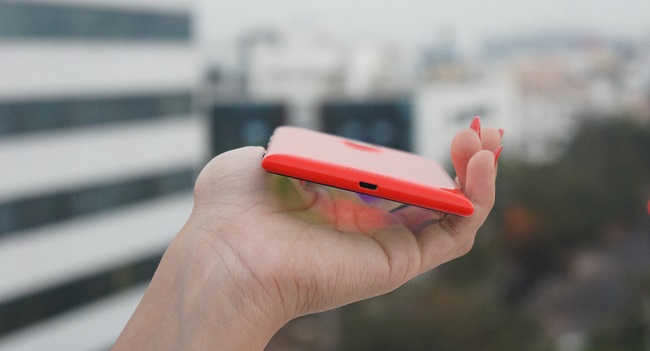
Sony Dsc

Sony Dsc

Sony Dsc

Lumia 1520 Sample Shots
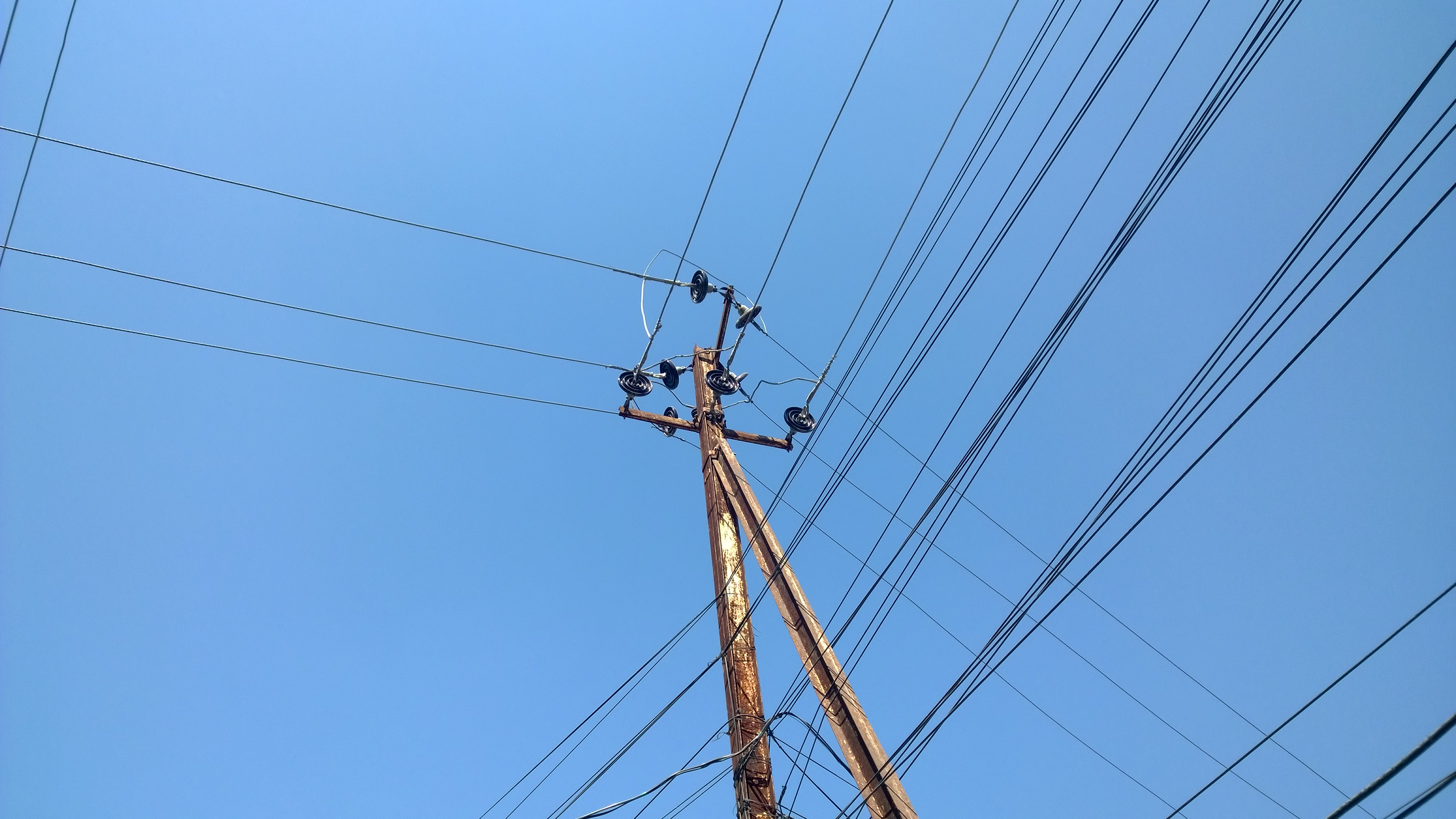
Lumia 1520 Sample Shots

Lumia 1520 Sample Shots
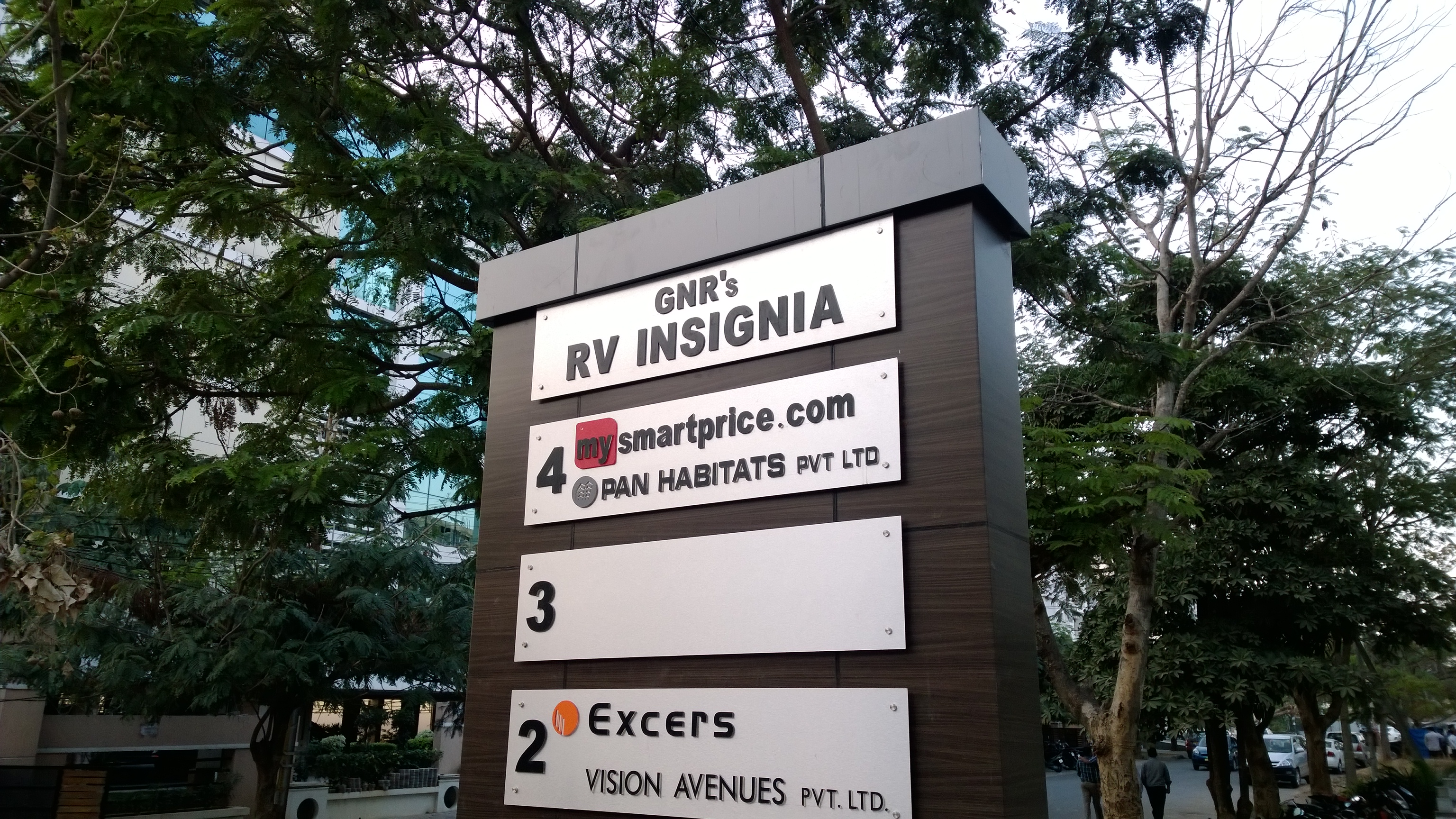
Wp_20140217_23_05_17_raw
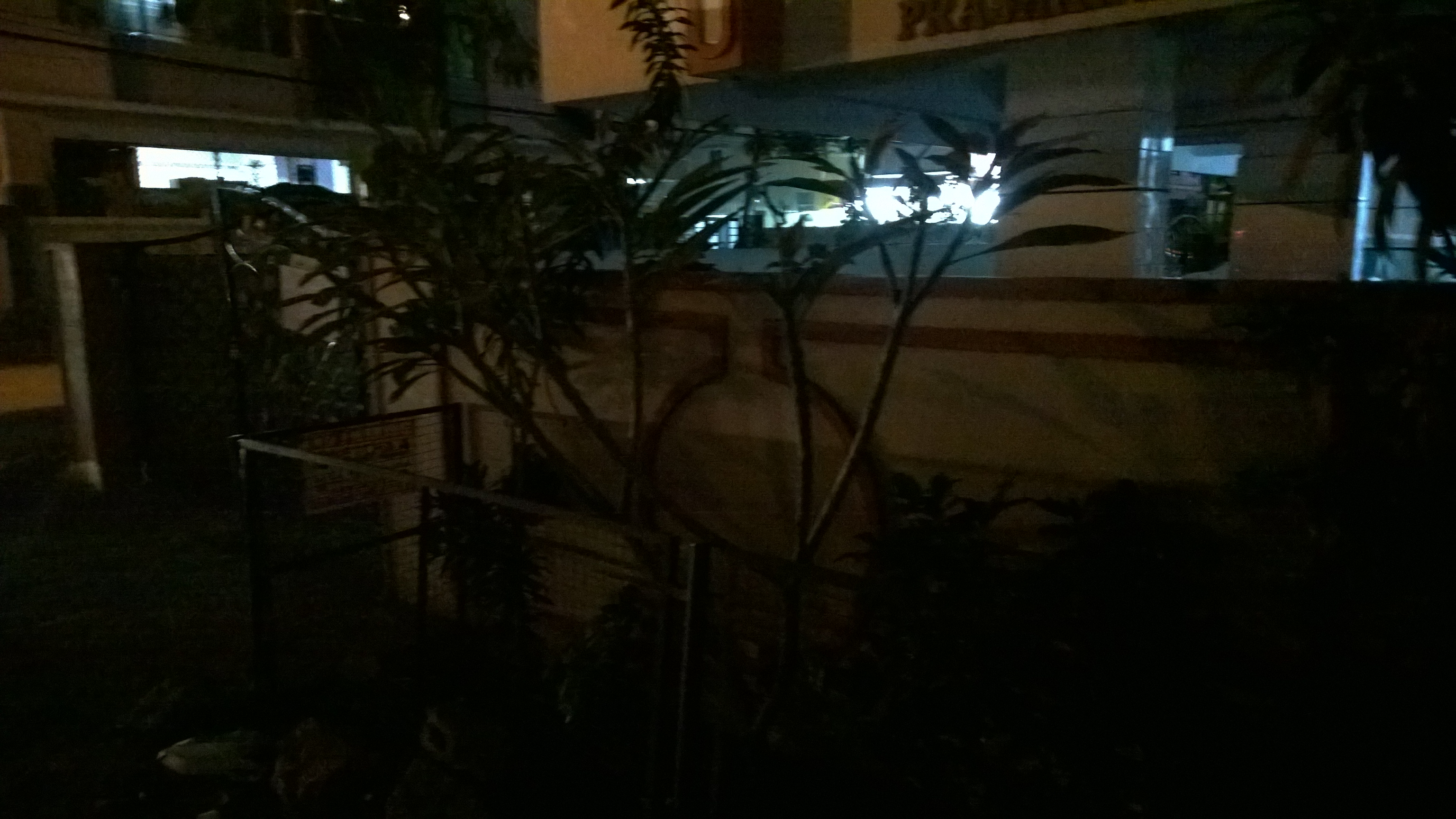
Lumia 1520 Sample Shots
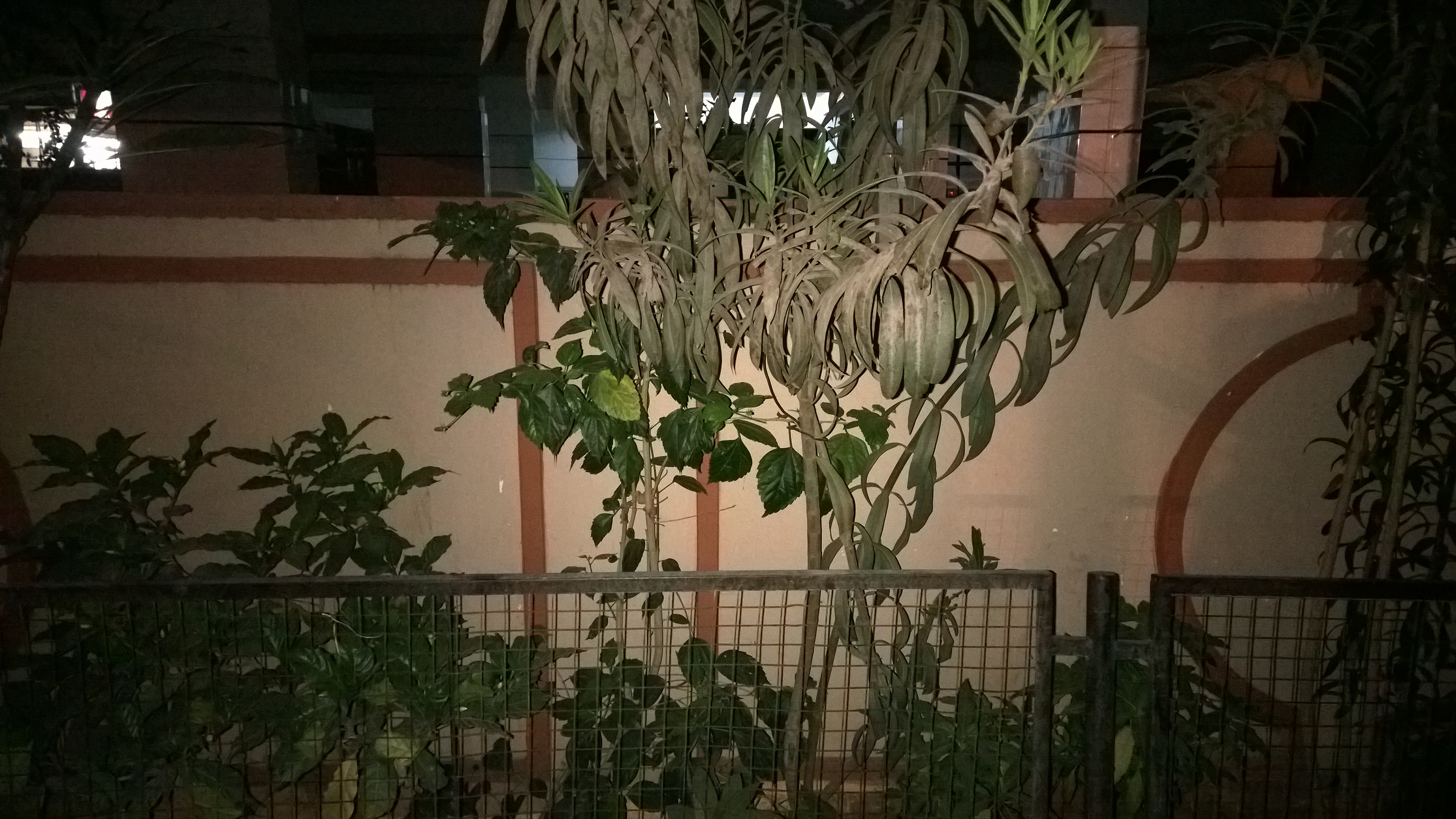
Lumia 1520 Sample Shots
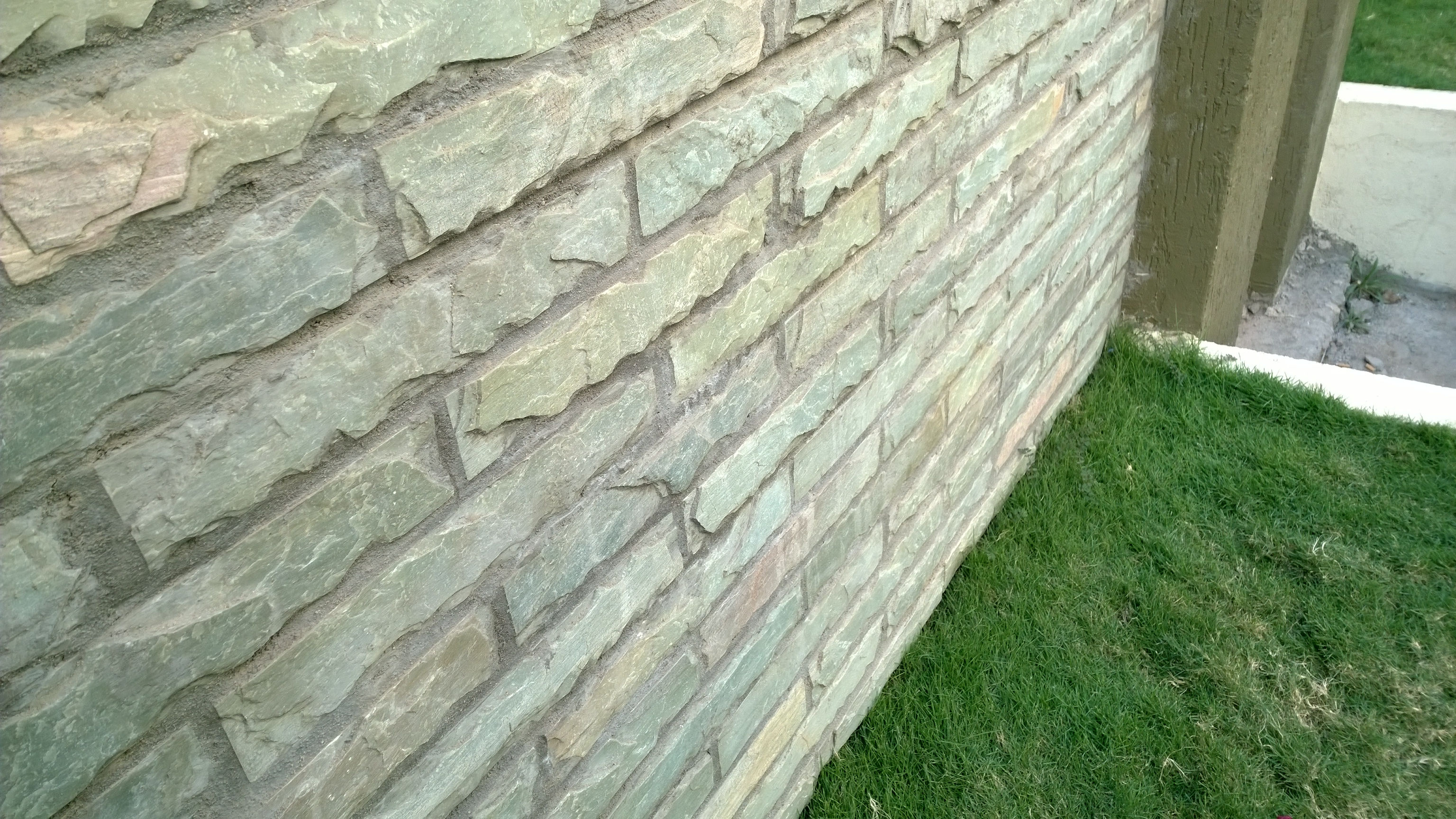
The image quality is excellent. Similar to the Lumia 1020, this device employs the pixel binning which converts multiple pixels in an image from 16MP/19MP mode into a single pixel resulting in a 5MP image. The level of detail is not far from what can be achieved with the Lumia 1020 even with half the sensor size. Colour reproduction is as natural as it can get. The dual LED flash comes in quite handy in lowly lit situations and even when flash is used, it doesn’t make odd white balance. The image quality is very similar to what we get in the Xperia Z1. Video quality is exceptional, thanks to presence of OIS. The Lumia 1520 comes with 4 directional microphones with bass filter which results in extremely rich and noise free audio while video recording.
Internal hardware & processing performance
The 2.2GHz quad-core Qualcomm Snapdragon 800 works on the processing in the background. There’s 2GB LP-DDR3 RAM and 16GB internal storage space. Storage can be expanded via the microSD card slot. But even with such high hardware configuration, there’s hasn’t been a great perceivable difference in performance, perhaps the operating system isn’t optimised enough to take full advantage of quad-core processor and increased RAM. Perhaps upcoming Window Phone 8.1 update will be able to bring that missing perceivable speediness to the device. But there’s great amount of difference in high-end gaming. Modern Combat 4 which is one of the heaviest games available in the Windows Phone app marketplace runs without any problem.
Operating system & UI
The Lumia 1520 was released with Windows Phone 8 GD3 and the latest “Nokia Black: update. Although the device features a large screen, the operating system doesn’t feel quite ready for it. Yes, there is an option to set more live tiles (now 6 as opposed to 4) on the Start Screen but there is no font size settings so everything looks slightly bigger than it should be. Even the on-screen keyboard feels very large and there are no usability settings which are found in some Samsung and LG phablets.

The Nokia Black update brings an ability to close applications by tapping on the cross in the multitasking menu. Although Windows Phone 8 doesn’t have native folder support, Nokia has released an app called App Folders which creates Live Tiles which acts as shortcuts to user selected applications or sub-settings menus. But Windows Phone 8 misses out on some really necessary features such as quick setting toggles, notifications centre and a Siri/Google Now like personal assistant.
But Microsoft is poised to release the Windows Phone 8.1 update this April which features hundreds of new features. Some of the most important features included in the Windows Phone 8.1 are Action Centre (Notification Centre + Quick Setting Toggles), Cortana Voice Assistant and Miracast Screen Mirroring. Nokia has some great applications such as Kid’s Corner and Driving Mode. HERE Maps is a great location and navigation service which comes second only to Google Maps in terms of information and reliability. Some fitness tracking applications like Adidas MiCoach and Active Fitness come pre-installed with the device.
Connectivity & battery life
Dual-band Wi-Fi ac/a/b/g/n, DLNA, Bluetooth v4.0 A2DP + LE, NFC, GLONASS A-GPS and microUSB v2.0 port are all the part of connectivity package you get with the Lumia 1520. Nokia Beamer app can be used to cast the screen to any web browser but unlike Miracast which is present in Android devices (or AirPlay Mirroring in iOS), this isn’t a P2P method. The screen casting is done via internet so it isn’t as fast as other competing methods. Nokia Play To application turns the device into a UPnP DLNA multimedia server and music, videos or photos stored in the smartphone’s storage can be played back on DLNA compliant players via wireless home network. There’s no Wi-Fi Direct as of now and the only P2P way to send files to other devices is through Tap+Send (uses NFC for pairing) or via Bluetooth. Multiple items still can’t be sent via Bluetooth which is rather irritating.
The Lumia 1520 packs in a mammoth 3400mAh battery which can also be charged wirelessly. This might be the most long-lasting smartphone that I’ve used in the recent times. Even with its large screen and high-end internals, the device just refused to die. It lasted 2-3 days quite easily due to its power efficient operating system. Even with constant web browsing (over Wi-Fi) or video playback, it managed to last more than 12 hours.
Verdict:
The Nokia Lumia 1520 price is around US$690 (INR 42 500) in India for the unlocked version. Even with exceptional camera performance, long battery life and large quality display, I would recommend the Lumia 1520 to only those who want a smartphone with a massive display and those who are already familiar with Windows Phone platform. It is too big to make calls or to carry around on a daily basis. I wouldn’t complain about Windows Phone being not as feature rich as Android or iOS either as the Windows Phone 8.1 update looks really great.
Score: 8.5/10
